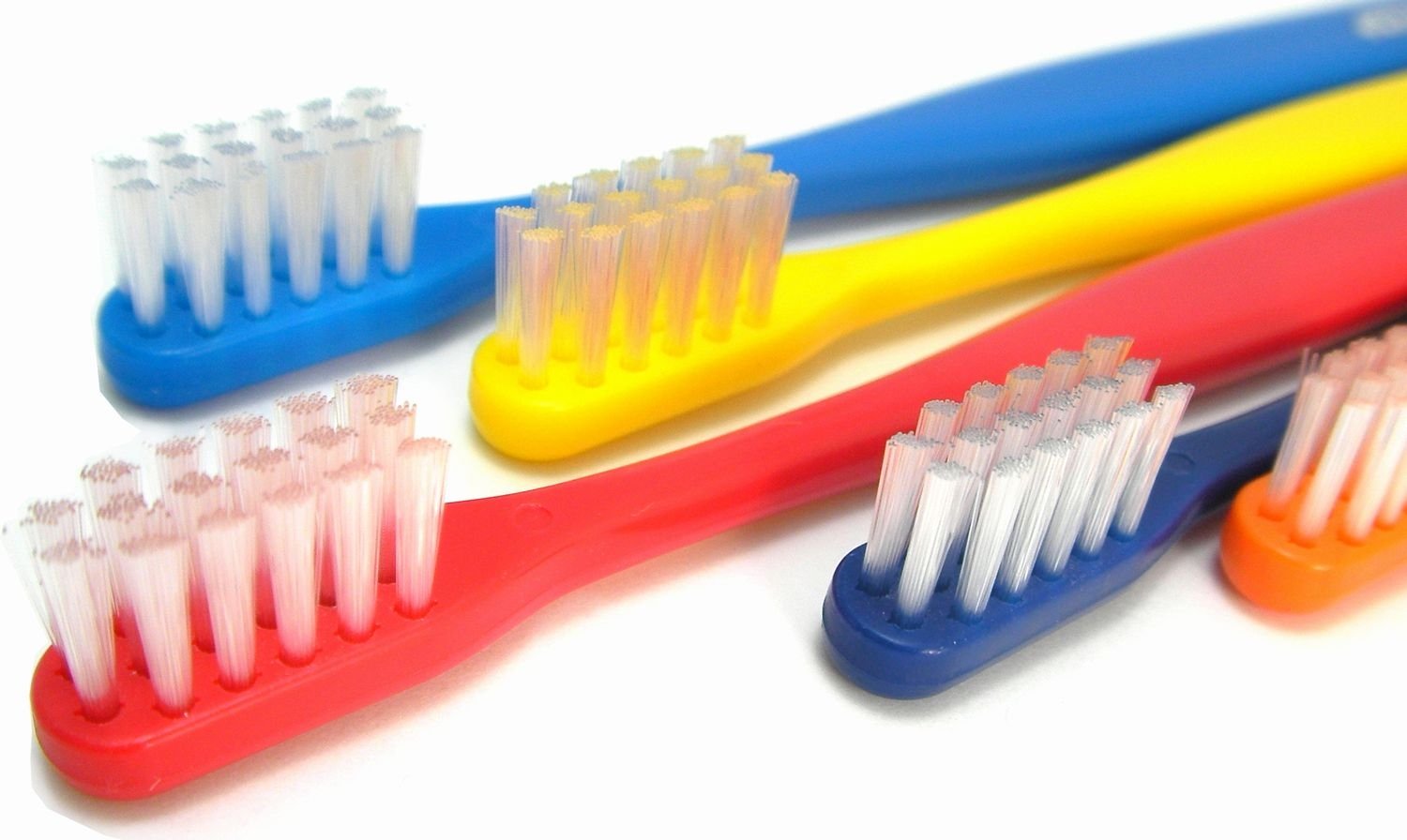 1. Watch the magnesium
1. Watch the magnesium High concentrations of magnesium combined with not enough water intake will likely cause crystal development in the urine. What is a high concentration? As much as I love Bench & Field's holistic feline food one can get at Trader Joe's, the magnesium content of 0.12 is too high according to my vet. Compared to Hill's Feline c/d which is what most vets put a UTI prone cat on, the magnesium is 0.06.
2. Watch the water intake
Dry food ain't that good for our feline friends. Cats by nature are desert creatures and tend to get their fluids from eating food rather than drinking water. So if your cat is communing with his ancestral inner self and doesn't drink a lot of water, you've got to make sure he gets enough through food. One solution: wet food. But then, you gotta make sure food doesn't get stuck between his teeth because that can lead to decay.
3. Watch the cat
A cat with a UTI is in serious pain. They will try and show you the pain because they know that death is imminent. Okay, maybe they don't know death is knocking but they know you can help them. The cat will walk funny in front of you or walk and then lie down awkwardly. The cat will obviously try to pee but won't be able to. My one cat would lie down because the position would unblock his urethra slightly to allow some urine to escape forming small puddles on the floor. Considering how fastidious a cat is, he didn't like lying in a puddle of pee, so he would get up and move a couple of feet, lie down and puddle again. Repeat until I noticed and got a cup for him to pee in so I could collect a clean sample for the vet. Actually, the first time, I freaked out and brought the cat into the Doc, who put a very long syringe through my boy's abdomen, piercing the bladder and withdrawing a urine sample. Considering this, the second time, I got a cup and brought the sample to the vet. The third time this happened, I figured no more needing to collect samples -- it's obvious what's going on!!
Lots of web sites will tell you that if your cat pees more often than usual, licks the genital area over frequently and obsessively, or makes pained noises, these are also signs of a problem. Blood in the urine is definitely a sign for you to take immediate action. I think the best guide is that you know how your cat normally behaves. If your cat starts behaving differently, figure out what might be causing the change in behavior.
4. Steps I've taken to alleviate the problem
I don't know why I don't just stop getting the holistic food at Trader Joe's, but I still do. Since it's high in Mg, I mix it about 1:1.5 with Hill's Prescription c/d. A cat who suffers from a UTI will be given some medicine to break up the urine and go on Hill's Prescription s/d which has like almost no magnesium in it but it tastes like crap. A cat really bad off needs immediate surgery.
I give my cats lots of wet food. They love it and I'm a sucker. They get scraps of my dinner, too. But I figure a varied diet is better than a single item diet -- this is purely my opinion. They get lots of fresh water. Lots and lots. A cat with a choice between fresh and old water will always drink the fresh water, so if you have a cat that doesn't really like to drink water, change yours often!
I have a cat that LOVES water. So I mix his dry food and water and he laps it up. I've tried this with my other cats and they think I'm crazy. So obviously this isn't an every cat thing although I guess if you start them young, they wouldn't know the difference. It's certainly cheaper than wet food. I knew a vet student who had two small female cats prone to UTIs and she just mixed water with their wet food. One likes it; the other doesn't, but since it's the only option, she eats when she gets hungry.















